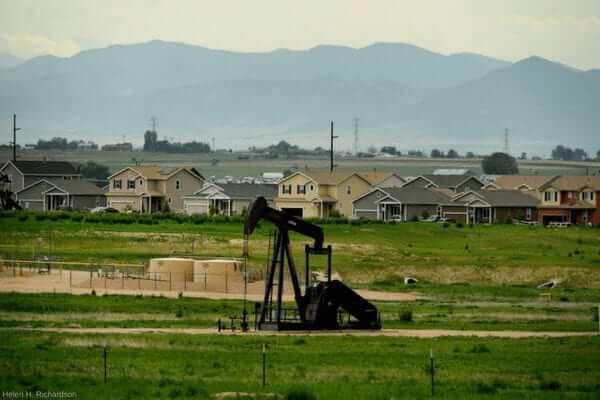Today, Senator Michael Bennet and Representative Joe Neguse announced they are introducing the Colorado Outdoor Recreation & Economy (CORE) Act, the most significant and broadly supported effort to protect Colorado’s public lands in a generation.
This public lands package combines several popular proposals into a single bill that will protect wild places across the state, including:
- The Continental Divide and Camp Hale in the White River National Forest, the most-visited national forest in the U.S. New wilderness and special management areas, as well as the country’s first National Historic Landscape, will preserve the history, wildlife, clean water, and booming outdoor recreation economy in the area;
- The iconic mountains in the San Juan and Uncompahgre National Forests of southwestern Colorado, by expanding popular wilderness areas and including lands that were left out of initial wilderness designations;
- The Thompson Divide in the White River National Forest, by ensuring that no future oil, gas, or mining development occurs on its rugged, wild lands. This will protect historic ranching and agriculture, outdoor recreation opportunities, and the state’s largest intact aspen grove along Kebler Pass; and,
- The Curecanti National Recreation Area, which will be formally established by Congress as a unit of the National Park system, includes an abundance of outdoor recreation opportunities including boating, hiking, and fishing.
Together, this bill will protect approximately 400,000 acres of iconic Colorado public lands for future generations.
“Coloradans love our lands and this is a once-in-a-generation opportunity that Senator Bennet and Representative Neguse have put together— protecting some of Colorado’s most popular, iconic and historic public lands in a way that is widely supported by locals. We urge the entire Colorado delegation to listen to Coloradans and pass the CORE Act in this Congress.”
- Kelly Nordini, Executive Director, Conservation Colorado
“The CORE Act continues a proud Colorado tradition of protecting our wild lands, clean water and outdoor recreation opportunities for future generations. This legislation would protect some of the best that Colorado’s public lands have to offer, including pristine watersheds and key wildlife habitat along the Continental Divide, three popular fourteeners, and the rugged mountains and ranching heritage of the Thompson Divide. The CORE Act has something for everyone and all Coloradans stand to benefit. We are thankful for the leadership from Senator Bennet and Representative Neguse in writing the next chapter of Colorado’s proud history of supporting wilderness and public lands.”
- Jim Ramey, Colorado State Director, The Wilderness Society
“We are grateful for Senator Bennet’s ongoing work to protect public lands in Colorado, and that Representative Neguse is championing these important issues as well. Both of them understand how important these lands are to residents of Colorado and our way of life — as well as people throughout the country who utilize and cherish these public lands.”
- Will Roush, Executive Director, Wilderness Workshop
“The Colorado Mountain Club is pleased to see the CORE Act protect some of the most iconic landscapes in our state. This legislation protects an array of recreation opportunities — backcountry skiing in the Ten Mile Range, climbing and mountaineering in the San Juans, mountain biking in Summit County, and hiking and camping along the Gunnison River –- and these designations will ensure that Colorado’s unique outdoor experiences are preserved for future generations.”
- Julie Mach, Conservation Director, Colorado Mountain Club
“Over the past 10 years, a wide diversity of constituents has hammered out compromise agreements to ensure the future of treasured iconic Colorado landscapes in the San Juan Mountains. We and other local proponents are tremendously appreciative that Senator Bennet has responded to the call from recreationists, businesses, landowners and local elected officials in Ouray, San Juan and San Miguel counties by sponsoring Colorado Outdoor Recreation and Economy Act.”
- Jimbo Buickerood, Lands and Forest Protection Program Manager, San Juan Citizens Alliance
“Considering how long and hard so many people have worked on protections for the San Juan Mountains and the expansion of the Sneffels Wilderness Area itself, it’s rewarding to see Senator Bennet honoring local community’s wishes in introducing the Colorado Outdoor Recreation and Economy Act. This reflects the consensus reached by citizens, stakeholders, and local elected officials.”
- Jim Stephenson, Public Lands Chair, Ridgway-Ouray Community Council
“We thank Senator Bennet for his strong leadership in introducing the CORE Act in Congress. In our area, the lands included for permanent protection include all those in the previously introduced San Juan Mountains Wilderness Bill. In the decade since the bill was first introduced, its boundaries and delineations have been refined to ensure that existing uses are still allowed, while critical areas are protected.”
- Lexi Tuddenham, Executive Director, Sheep Mountain Alliance
“Colorado hunters, anglers and recreationists have long understood the need to proactively conserve those intact tracts of wildlife habitat and fisheries that sustain our longstanding outdoor traditions. We appreciate Senator Bennet’s continued leadership to advance legislation in Colorado’s central and southern mountains that would help maintain the opportunities to experience the unique sense of solitude and challenge that our wild public lands and waters provide. We standby ready to help move this legislation forward.”
- Tim Brass, State Policy and Field Operations Director, Backcountry Hunters and Anglers
Resources
Video B-roll for Broadcast: https://www.youtube.com/watch?v=ikDq0XHzsWI&feature=youtu.be
Images for Reproduction: https://www.wilderness.org/articles/media-resources/media-resources-colorado-outdoor-recreation-economy-core-act

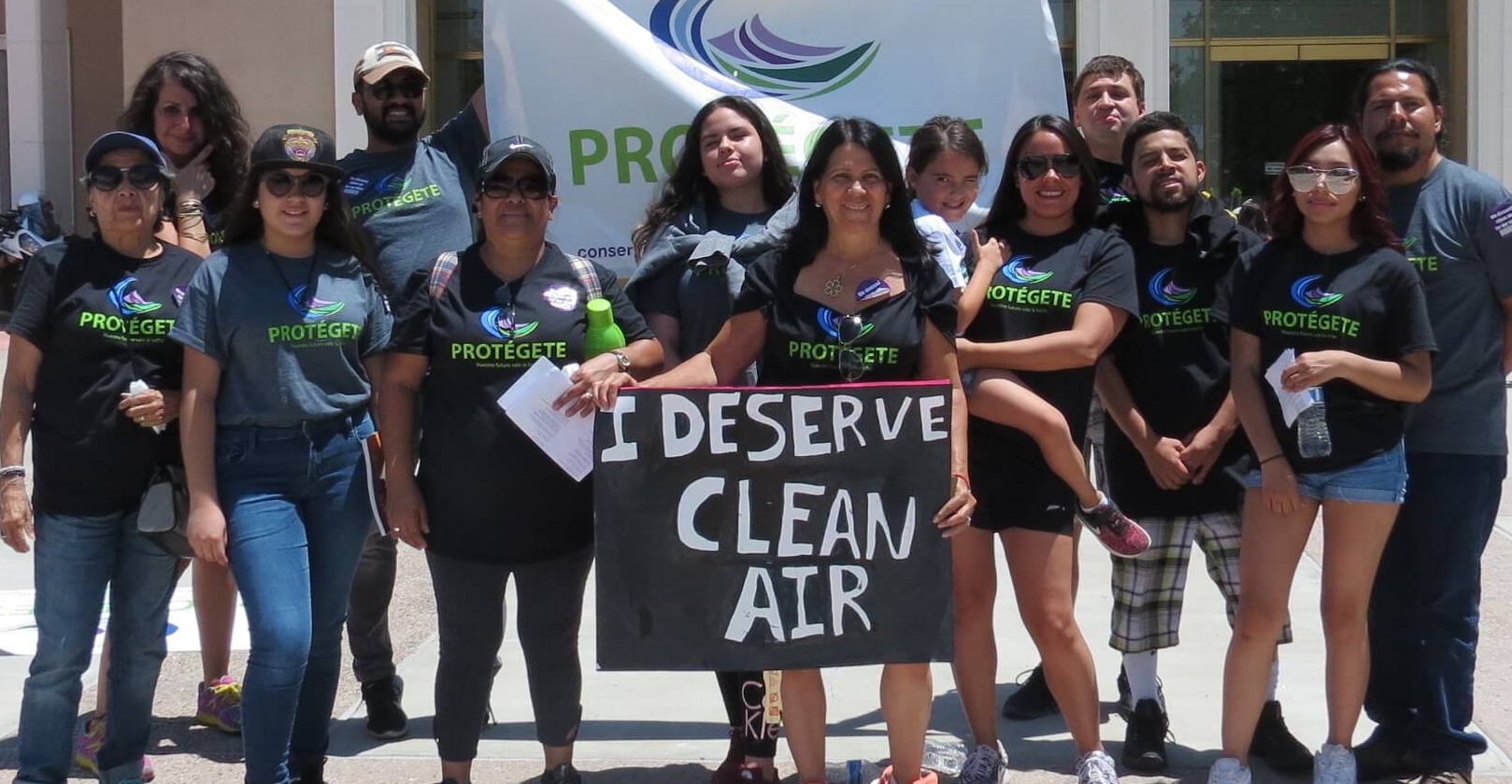

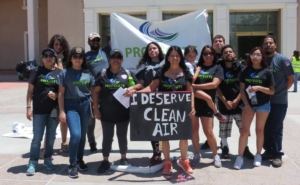 Taking bold action to protect our climate. A recent report from the United Nations found we have 12 years to act to prevent disastrous climate change. Colorado can lead the nation toward a clean energy economy.
Taking bold action to protect our climate. A recent report from the United Nations found we have 12 years to act to prevent disastrous climate change. Colorado can lead the nation toward a clean energy economy. 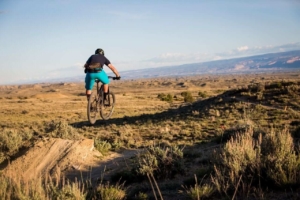
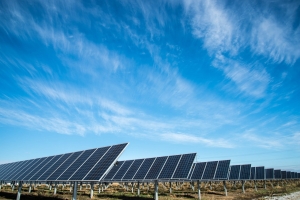

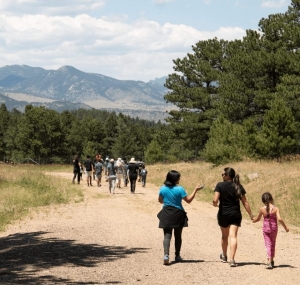
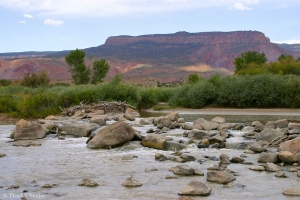

 “Quiero [ver] más respeto por el medio ambiente y las comunidades que viven en ese entorno. La gente está siendo aprovechada. Tenemos que tratar de cambiar. Salir y sondear y hablar con los políticos, esa es una solución «.
“Quiero [ver] más respeto por el medio ambiente y las comunidades que viven en ese entorno. La gente está siendo aprovechada. Tenemos que tratar de cambiar. Salir y sondear y hablar con los políticos, esa es una solución «.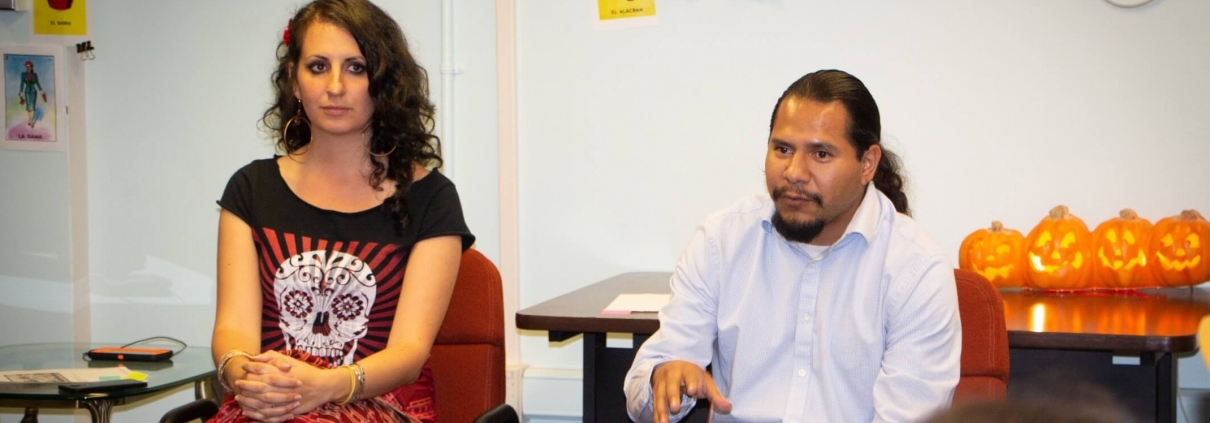




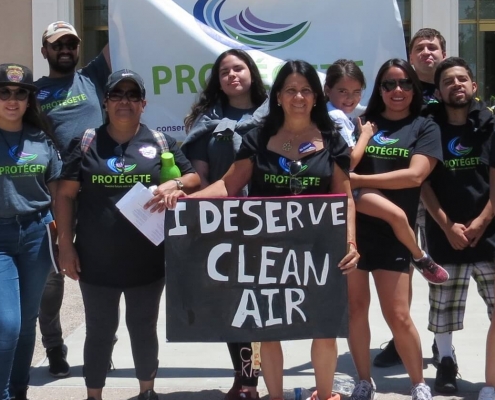
 Gastó $ 4.6 millones en contribuciones directas a candidatos, grandes programas de publicidad digital, correo directo, encuestas y anuncios de radio y televisión
Gastó $ 4.6 millones en contribuciones directas a candidatos, grandes programas de publicidad digital, correo directo, encuestas y anuncios de radio y televisión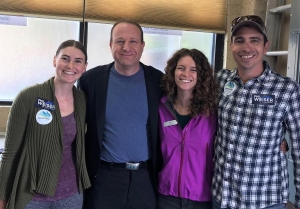
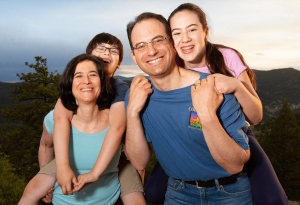
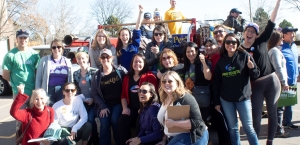
 Además de nuestros esfuerzos para lograr que los líderes pro-conservación sean elegidos, trabajamos en varias medidas de votación y obtuvimos resultados mixtos. Luchamos con todas nuestras fuerzas para derrotar a la Enmienda 74, una de las medidas más aterradoras que hemos visto en la boleta electoral de Colorado en años. A pesar de que la industria del petróleo y el gas gastó más de $ 10 millones para apoyar a 74, nuestra parte ayudó a los votantes a ver a través del engaño y votar por las comunidades locales para tener poder sobre las grandes industrias. ¡Estamos agradecidos a los votantes que rechazaron este desastre!
Además de nuestros esfuerzos para lograr que los líderes pro-conservación sean elegidos, trabajamos en varias medidas de votación y obtuvimos resultados mixtos. Luchamos con todas nuestras fuerzas para derrotar a la Enmienda 74, una de las medidas más aterradoras que hemos visto en la boleta electoral de Colorado en años. A pesar de que la industria del petróleo y el gas gastó más de $ 10 millones para apoyar a 74, nuestra parte ayudó a los votantes a ver a través del engaño y votar por las comunidades locales para tener poder sobre las grandes industrias. ¡Estamos agradecidos a los votantes que rechazaron este desastre!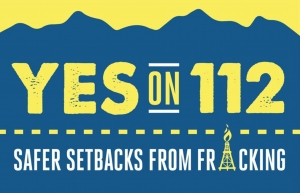 Desafortunadamente, la Proposición 112 falló en la boleta electoral. Respaldamos esta medida para aumentar el retroceso del nuevo desarrollo de petróleo y gas a 2,500 pies de los edificios. Respaldamos el 112 porque la salud y la seguridad de nuestras comunidades deberían estar por encima de todo, pero una campaña de $ 30 millones financiada por el petróleo y el gas derrotó esta iniciativa liderada por la comunidad. Aunque 112 no pasaron, más de 800,000 personas votaron a favor porque están hartos de la industria del gas y el petróleo. Necesitamos que nuestros legisladores escuchen a estos votantes y nos aseguremos de que Colorado tenga las salvaguardas más fuertes en el oeste para la industria del petróleo y el gas.
Desafortunadamente, la Proposición 112 falló en la boleta electoral. Respaldamos esta medida para aumentar el retroceso del nuevo desarrollo de petróleo y gas a 2,500 pies de los edificios. Respaldamos el 112 porque la salud y la seguridad de nuestras comunidades deberían estar por encima de todo, pero una campaña de $ 30 millones financiada por el petróleo y el gas derrotó esta iniciativa liderada por la comunidad. Aunque 112 no pasaron, más de 800,000 personas votaron a favor porque están hartos de la industria del gas y el petróleo. Necesitamos que nuestros legisladores escuchen a estos votantes y nos aseguremos de que Colorado tenga las salvaguardas más fuertes en el oeste para la industria del petróleo y el gas.
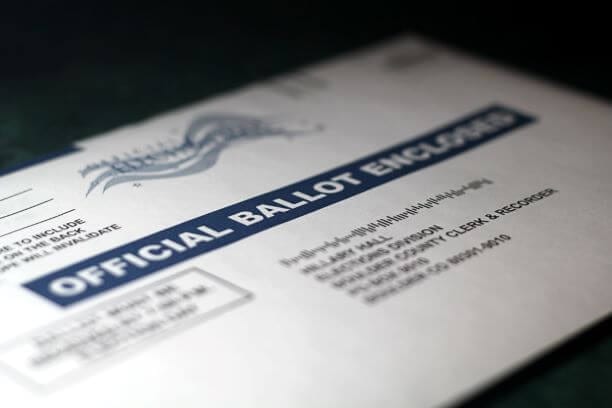
 YES on Amendment Y
YES on Amendment Y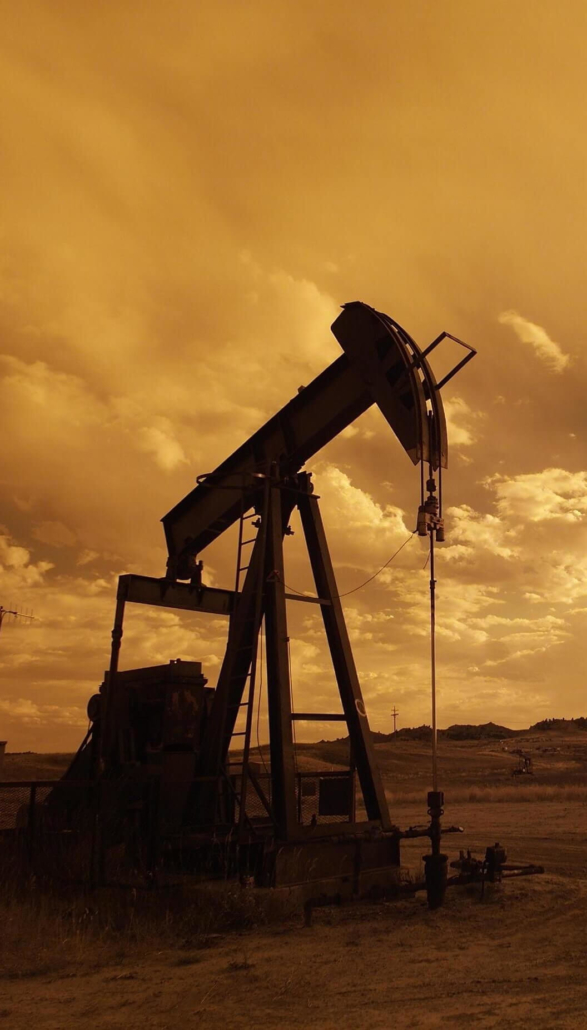 If Amendment 74 passes, it will allow any corporation or property owner to sue local governments over any law they disagree with, opening the floodgates to frivolous and costly lawsuits. Taxpayers would have to foot the bill.
If Amendment 74 passes, it will allow any corporation or property owner to sue local governments over any law they disagree with, opening the floodgates to frivolous and costly lawsuits. Taxpayers would have to foot the bill. ☒ NO on Proposition 109 – “Authorize Bonds for Transportation Projects”
☒ NO on Proposition 109 – “Authorize Bonds for Transportation Projects”
